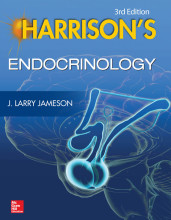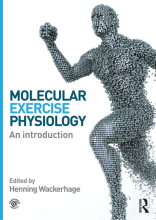Summary: Aerobic Interval Training Versus Continuous Moderate Exercise As A Treatment For The...
- This + 400k other summaries
- A unique study and practice tool
- Never study anything twice again
- Get the grades you hope for
- 100% sure, 100% understanding
Read the summary and the most important questions on Aerobic Interval Training Versus Continuous Moderate Exercise as a Treatment for the Metabolic Syndrome
-
1 Clinical Perspective
-
What is the effect of aerobic exercise training on the symptoms of the metabolic syndrome?
Many, like insulin sensitivity, are improved. -
What is not yet known in the relationship between physical exercise as a therpay for the metabolic syndrome?
The appropriate exercise intensity that generally yield maximal beneficial adaptations. -
What are the general risk factors of metabolic syndrome?
- high cholesterol
- physical inactivity
- elevated blood pressure
- dyslipidemia
- impaired glycemic control
- obesity
- reduced endothelial function
-
2 Methods
-
2.3 Training Protocols
-
What did the training protocol look like?
frequency: 3x/week
duration: 4x4mins hard, 3mins recovery, 5mins cooldown
measure: 70% Hfmax
total time: 16 weeks -
2.4 Endothelial Function and Blood Pressure
-
How was endothelial function measured?
as flow-mediated dilation with vascular ultrasound. -
2.6 Protein Phosphorylation and Expression Levels
-
Which proteins and their phosphorylates were investigated?
- Beta IR subunit (Insulin receptor)
- Fatty acid transporter - 1
- fatty acid synthase
- PGC-1a
- actin
-
2.7 Blood Analyses
-
Which blood substances were investigated?
- oxidized LDL
- adiponectin
- total NO
- HOMA
-
4 Discussion
-
4.1 Aerobic Capacity
This is a preview. There are 1 more flashcards available for chapter 4.1
Show more cards here -
How was the mitochondrial capacity measured?
- PGC-1a
- SR Ca2+ ATPase
-
Why is it adviced to improve fitness before aiming at losing weight?
Both are independent prognostic markers of disease development. -
What may be the winning factor of AIT over CME in terms of adaptive response?
The bigger changes in stroke volume that stimulate the arteries and heart.
- Higher grades + faster learning
- Never study anything twice
- 100% sure, 100% understanding
































